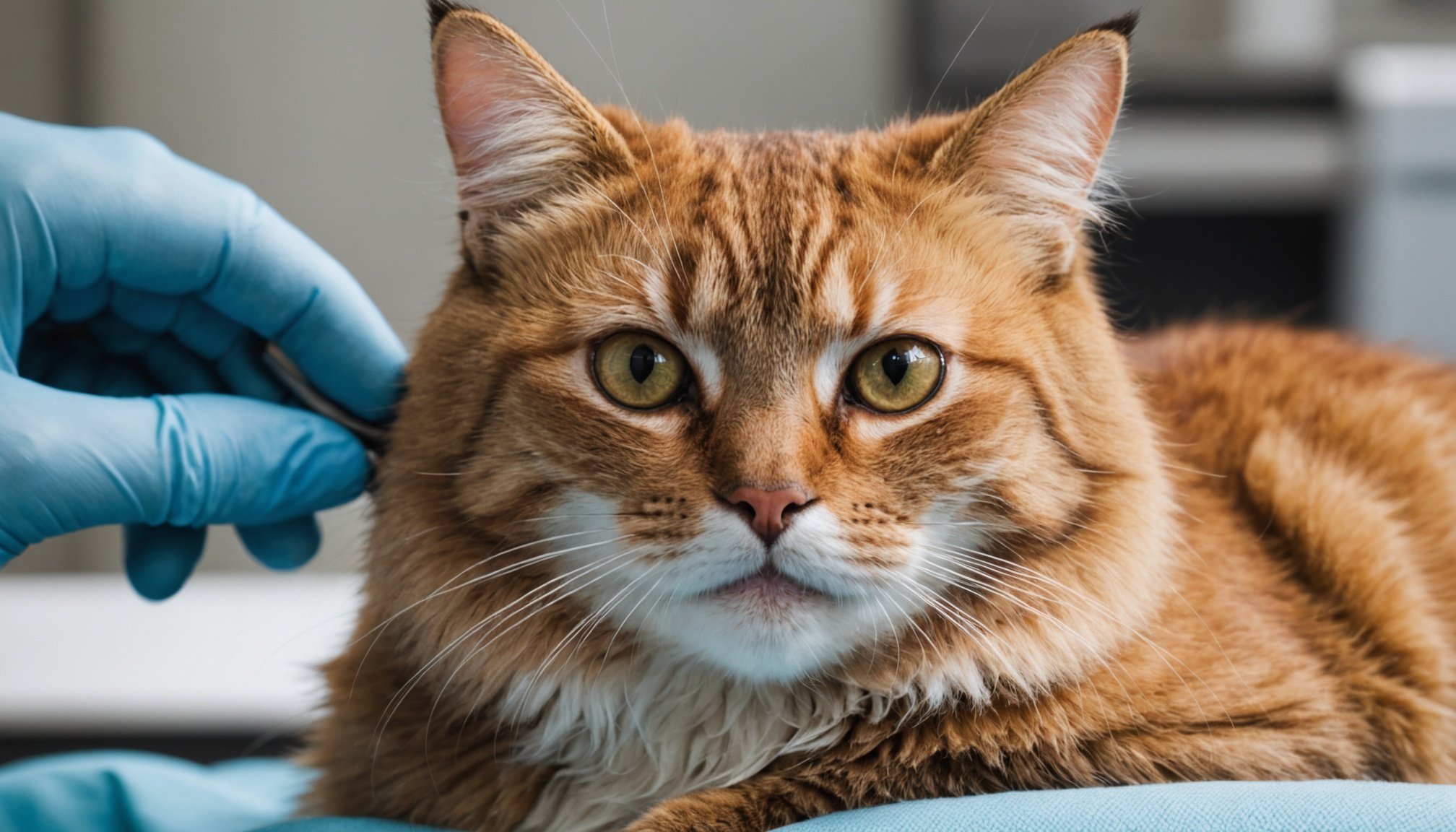As pet owners, we often focus on ensuring our cats are happy and healthy. However, one crucial aspect that tends to get overlooked is dental health. Just like humans, cats can suffer from various dental diseases that can lead to significant discomfort and health complications. Poor oral hygiene can result in issues such as plaque buildup, gingivitis, and even periodontal disease. In this article, we will explore the signs that your cat may be experiencing discomfort due to dental problems, empowering you to take action and maintain your pet’s overall health.
Common Dental Issues in Cats
Cats can experience a variety of dental issues, each presenting distinct symptoms. Dental disease is not uncommon, and understanding the types that affect felines is essential for prevention and treatment.
Topic to read : Essential Nutritional Needs for Pregnant Queens: How to Tailor Their Diet for Optimal Health
One prevalent condition is gingivitis, which is the inflammation of the gums. It is often the first sign of dental disease and can lead to more severe issues if not addressed. In cats, gingivitis can be recognized by red, swollen gums and bad breath, indicating that bacteria are accumulating in the mouth.
Another significant issue is periodontal disease, which occurs when gum inflammation progresses and affects the structures supporting the teeth. This condition can lead to tooth loss if not treated promptly. Signs of periodontal disease include difficulty eating, drooling, and even pawing at the mouth in an attempt to relieve discomfort.
In the same genre : How can I prevent my cat from developing bad habits like excessive meowing?
Tooth resorption is another common problem in cats. This occurs when the body begins to break down and absorb the structure of the tooth, leading to pain and potential tooth loss. Affected cats may show signs of discomfort while eating or may avoid their food altogether.
Understanding these common dental issues can help you identify when something might be wrong with your cat’s teeth or mouth. Regular dental check-ups with your veterinarian can catch these problems early, minimizing discomfort for your beloved pet.
Recognizing the Signs of Dental Discomfort
Identifying the signs of dental discomfort in your cat is crucial for timely intervention. Cats are known for hiding their pain well, making it essential for owners to be observant.
One of the first signs to watch for is changes in eating habits. If your cat suddenly becomes hesitant to eat or shows a preference for soft food over hard kibble, this could indicate tooth pain. Cats may also drop food from their mouths or chew on one side of their mouth to avoid pain, a behavior that should not be ignored.
Another significant indicator is bad breath. While many cat owners may dismiss this as a normal occurrence, persistent foul breath can be a sign of underlying dental disease, such as gingivitis or periodontal disease.
Look for other behaviors such as excessive drooling, pawing at the mouth, or signs of distress when grooming near their face. These actions may indicate that your cat is experiencing discomfort that requires attention. Additionally, if your feline companion is reluctant to play or engage in usual activities, it may be a sign that they are feeling unwell overall due to dental issues.
Being aware of these potential signs and changes in behavior can lead to faster diagnosis and treatment, ensuring your cat maintains a healthy and pain-free life.
The Importance of Regular Dental Check-ups
Regular dental check-ups are a vital component of maintaining your cat’s oral health. Just like in humans, routine examinations can help prevent the development of severe dental diseases. During these vet visits, professionals can identify early signs of plaque buildup, gingivitis, and other dental problems before they escalate into more serious issues.
Veterinarians often recommend annual dental cleanings, which can involve scaling and polishing to remove tartar and plaque. This process not only helps to keep your cat’s teeth clean but also reduces the risk of gum disease. The veterinarian can also provide guidance on proper dental care at home, including the use of dental treats, toys, and special food designed to promote oral health.
Moreover, regular visits allow your veterinarian to assess your cat’s overall health. Dental health is closely linked to other health issues, including heart and kidney diseases. By maintaining proper dental care, you can significantly influence your cat’s quality of life and longevity.
If you notice any changes in your cat’s behavior or eating habits between check-ups, do not wait for the next scheduled visit to seek advice. Promptly reporting these changes can lead to quicker interventions, ensuring your cat receives the necessary care to avoid discomfort and serious health complications.
At-Home Dental Care for Cats
In addition to veterinary care, at-home dental care is essential in keeping your cat’s teeth healthy. Establishing a routine can make a significant difference in your pet’s oral health and prevent the onset of dental diseases.
Start by introducing your cat to tooth brushing. Use a toothbrush designed for cats or your finger with a pet-safe toothpaste. Gradually introduce the process by letting your cat sniff the brush or toothpaste before attempting to brush their teeth. Aim for a few seconds of brushing at a time, gradually increasing as your cat becomes accustomed to the routine.
Alongside brushing, consider incorporating dental treats and toys into your cat’s routine. These products are specifically designed to help reduce plaque and tartar buildup while promoting gum health. Always look for treats that have been approved by veterinary dental organizations for their effectiveness.
Additionally, pay attention to your cat’s diet. Some cat foods are formulated to support oral health and can reduce the risk of dental issues. Consider discussing with your veterinarian which diet might be best suited for your cat’s specific needs.
Finally, regularly check your cat’s mouth at home for any signs of dental issues, such as broken teeth or inflamed gums. Early detection can lead to more effective treatment and a healthier, happier pet.
In conclusion, understanding and addressing your cat’s dental health is paramount for their overall well-being. Recognizing the signs of discomfort from dental issues can lead to timely intervention and treatment, ensuring your furry friend remains happy and healthy.
Regular veterinary check-ups, combined with at-home dental care, will significantly reduce the risk of serious dental diseases and the discomfort that accompanies them. From observing eating habits to maintaining a clean mouth, every action contributes to your pet’s quality of life.
By prioritizing your cat’s oral health, you not only enhance their quality of life but also reinforce the bond you share. A healthy cat is a happy cat, and keeping their teeth in check is a crucial part of that equation.









